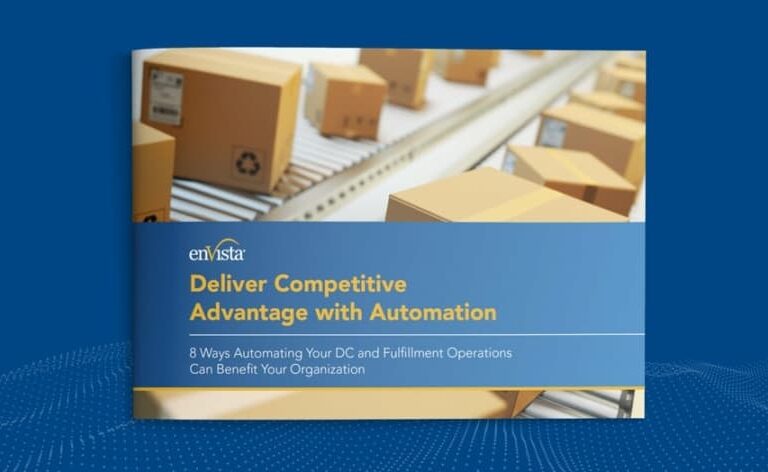When beginning a robotics implementation in your facility, keeping production running is of the utmost importance. Implementing a high-tech system can often take weeks, during which time, the other processes at work must remain operable.
With many of the robotic systems that we handle, such as high-speed picking/packing, palletizing and de-palletizing, and collaborative robots, it can be difficult to keep operations running during an implementation since these systems are often integral to day-to-day tasks. In this instance, it is important to have strategies in place to keep your operations running during the active implementation.
“Developing a strategic roadmap for your automation implementation is essential,” says James Persenaire, senior district manager at FANUC America. “Having a skilled and experienced automation team is the crucial first step.”
During a robotics implementation, there are two players. One is the customer having the system implemented and the other is the integrator that is facilitating the implementation project. During implementation, responsibility lies with both the customer and the integrator to keep production running smoothly. So how do they do this?
The Customer
Maintain Focus on Production. For the customer, the focus should be on maintaining production during the implementation. This will require significant flexibility as certain aspects of the facility will need to adjust to accommodate the implementation work. This could entail having the manual labor available to take on previously automated tasks, shifting workspaces, adjusting working hours and more.
Relocate Production. One option for customers undergoing a robotic implementation is to relocate certain areas of production to make room for the implementation team to complete their work. This could mean moving pieces of equipment to different areas of the warehouse or just shifting them slightly to increase the implementation workspace.
Shift to Manual Tasks. If an automated system is going to be down during implementation, it might be necessary to figure out how that task can be done manually. When shifting to manual work, it is important to account for the loss in productivity, as manual tasks are completed much more slowly than automated tasks.
Collaborate with the Integrator. When making plans for how production will continue, it’s important to stay in constant collaboration with the integrator. They will need to know things like where they will be completing the implementation, whether they will need to work around a functioning system, what other processes their implementation is impacting and more.
The Integrator
Develop Comprehensive Scope and Planning. Understanding the implementation timeline is key, and this responsibility falls with the integrator. Developing a thorough understanding of the client’s needs and processes can prevent future disruptions. All responsibilities in the overall project scope must be understood and regularly reviewed with the client. This also includes continuous assessment of possible disruption sources.
“While some downtime during an integration is typically inevitable,” explains Persenaire, “our ‘digital twin’ tools—like Roboguide for general materials handling applications and PickPRO for high-speed, multi-robot tracking systems—allow integrators to build a virtual work cell that can be tested using off-line simulation and create a far more efficient installation process.”
Leverage Phased Implementation Options. Implementing automation systems in phases can help minimize the impact on production. This often allows for completing and testing of sections of the overall scope.
Complete Functional Acceptance Testing (FAT). FAT testing is a very effective way to shorten the disruption time during an implementation. This testing is completed at the integrator’s third-party location, eliminating disruption at the customer’s site. During FAT testing, the integrator temporarily assembles the new system and runs it with the customer’s product to ensure that it is functioning at peak performance before implementing it into the customer’s site. This allows for pre-programming and wiring to give the customer a more complete system upon implementation.
Collaborate with the Customer. It is critical to make sure the customer understands the implementation timeline so they can prepare a workaround plan. The integrator should have a project management team working closely with the customer throughout the project in case there are hiccups. It’s important to remain flexible and be prepared to pivot so production doesn’t stop and schedules are met or exceeded.
Conclusion
Don’t let production suffer when implementing robotics into your facility. If the customer and the integrator both follow the steps above, and stay in constant communication, there should be no problem maintaining a seamless implementation with no disruption to operations.
“Limiting unplanned downtime is a primary concern for most companies,” says Persenaire. “That’s why we place incredible emphasis on the trustworthiness and advanced capabilities of FANUC America’s Authorized System Integrators (ASI) like enVista. When a customer is ready to transform their business through automation, partnering with an ASI is a smart and strategic first step.”
If you’re looking for an integrator to help you manage your robotics implementation, enVista’s automation team can help. Contact us to speak with one of our automation experts about your needs. Let’s Have a Conversation.®






